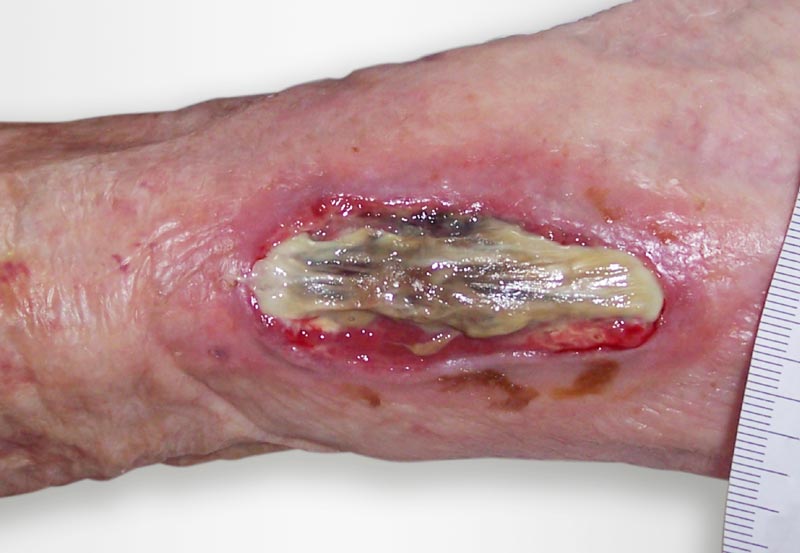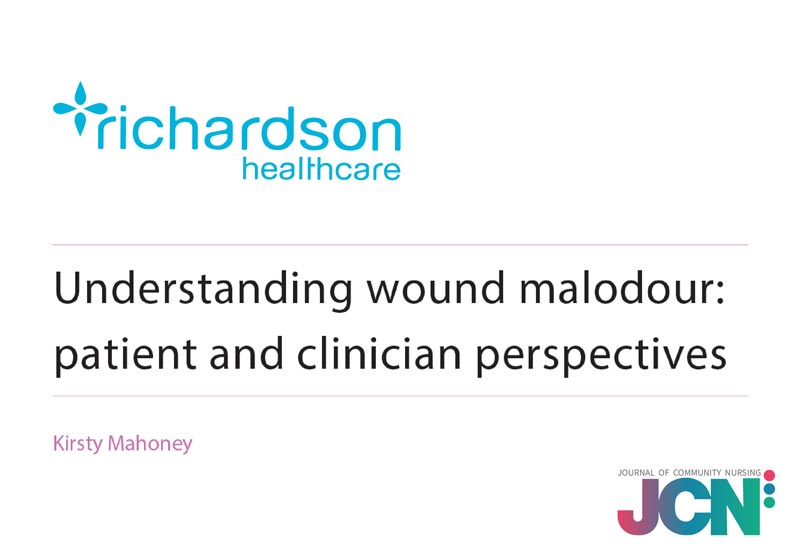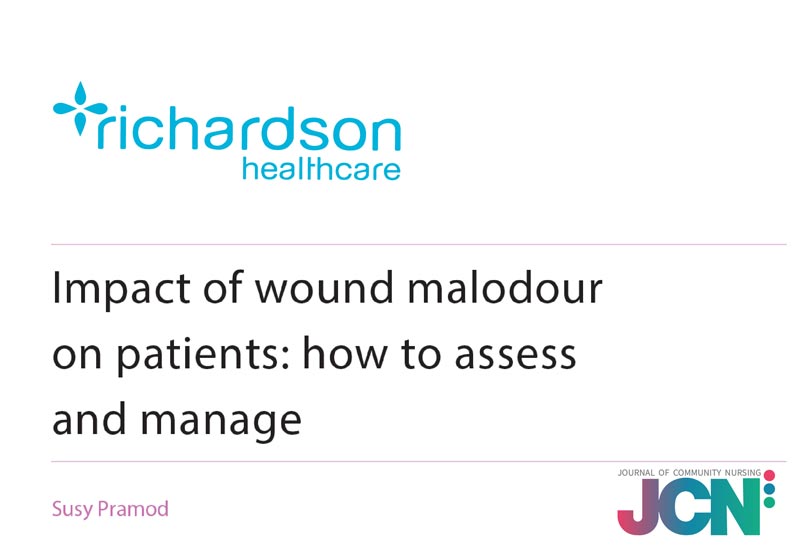Let's Talk About Wound Malodour
A Retired Nurse's Story‘I trained as a general nurse in Bradford from 1969 to 1972, and upon qualifying, I was awarded with a gold medal for best student. In those days, there was a ‘do it yourself’ approach to wound care. People generally went to the doctor when things got really bad and, by then, it was often too late.
For example, we saw more diabetic foot ulcers than we do now because there was less understanding about diabetes, its treatment and the role of diet. It was much the same for peripheral arterial disease. It would start with amputating one toe, then two, then three until all the toes were gone – and then the foot. It would work its way up the leg. If the patient was deemed unfit for surgery, then it was just a case of palliative care, where we would watch the limb turn black.’
‘Back then, our dressing choices were limited compared to today. Most dressings were made of cotton and linen, and malodorous wound care was restricted to good nursing care, as well as a few natural remedies like honey.’
‘We also relied on ‘barrier nursing,’ which referred to the use of side rooms. Wards were open plan, usually accommodating up to forty-five patients, with little separation between them. If a patient had a particularly malodorous wound, the smell would permeate the entire ward, disturbing all the patients.’
‘We would gown up and prepare our resources outside the side room so we could spend as little time in there as possible. We would try to clean and dress the wound quickly so we could leave before we started gagging. Visitors would also be offended by the smell. I am sure that all of this really affected patients’ mental health and made them feel ostracised.’
“Odorous compounds, such as putrescine and cadaverine, are known to facilitate gagging and vomiting in some individuals and persistent odour from other bacteria may cause nausea and lack of appetite.”
Susy Pramod, 2025
‘We would use honey or soak gauze in antiseptic liquid and apply it to the wound bed to help with the odour. This would help to reduce the smell a little bit. We had no choice but to change the dressings regularly — sometimes twice a day — to control the odour. Years ago, we were not as aware about the benefits of leaving wounds undisturbed for as long as possible to help with healing. The frequency of dressing changes because of the smell meant we were causing damage to new tissue. These wounds didn’t stand a chance to heal!’
‘We would keep the windows open to improve air circulation and families would often bring things in from home to try to mask the malodour, such as homemade lavender scented bags. However, these things sometimes smelled worse than the wound itself!’
‘In the early 70s, antiseptic creams and paraffin dressings were widely more widely used. Although they could be useful, things really changed with the introduction of charcoal dressings in the mid-to-late 70s.’
‘The key turning point for wound care was the Bradford Stadium fire in 1985. The whole hospital, especially the plastic surgeons, were suddenly faced with a huge number of burns patients at once. I think that was when we got better at debridement and wound care in general.’
Disclaimer:
Please note that while every effort is made to ensure the accuracy of the content presented, it is purely for educational purposes only and is not a substitute for professional medical advice.




